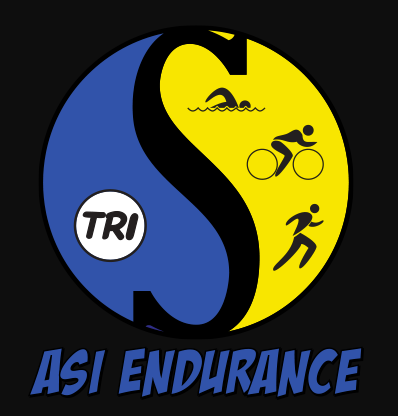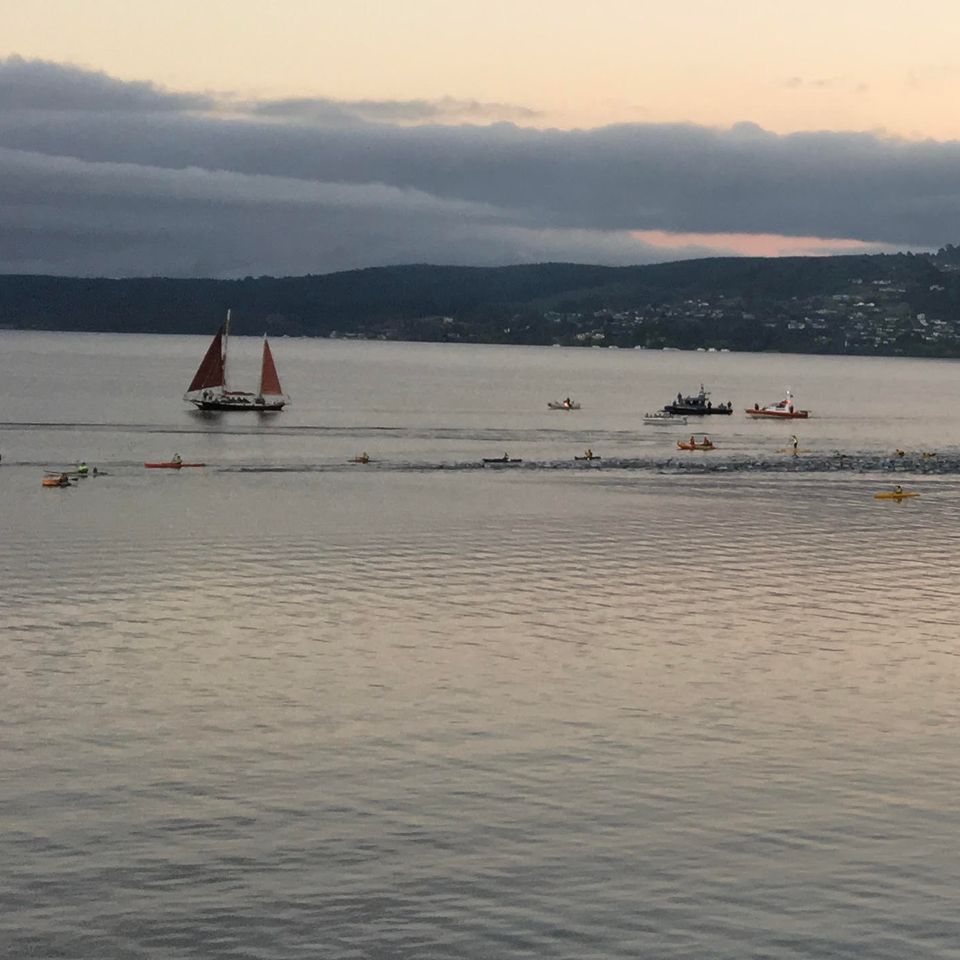
Juggling Time
Welcome to Simonetta-Training's first blog. Most of you know that I can sort of swim, kind of bike and run. But, did you know that I can juggle? Yes, I learned to juggle with racquetballs when I was about 10 years old. I have been juggling ever since. Today, it just happens to be a different type of juggling- family time, my job as a physical therapist and trainer/coach, my personal swim, bike and run training, as well as numerous day-to-day duties that must be done. Oh, and I cannot forget my furry 4 legged friends: 4 dogs and numerous cats, collectively know as the zoo, that require my care and attention and give me their attention and love unconditionally.
Training properly for a triathlon is very time consuming and fitting it into our daily lives without disrupting all aspects of life can again be challenging. But, yes it can be done. I feel it is best if one decides how much time is available in a given day for training, then for the training schedule to be set. I make a "to do" list each evening for the upcoming day. My schedule is filled from 4:30am to 9:00pm. OK, sometimes I am in bed by 8:00pm but I can't help it. I am no spring chicken anymore. So, make the most of everyday. You know how the saying goes, you never know when it will be our last.
B Positive,
Amy
Training properly for a triathlon is very time consuming and fitting it into our daily lives without disrupting all aspects of life can again be challenging. But, yes it can be done. I feel it is best if one decides how much time is available in a given day for training, then for the training schedule to be set. I make a "to do" list each evening for the upcoming day. My schedule is filled from 4:30am to 9:00pm. OK, sometimes I am in bed by 8:00pm but I can't help it. I am no spring chicken anymore. So, make the most of everyday. You know how the saying goes, you never know when it will be our last.
B Positive,
Amy






